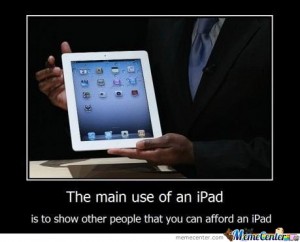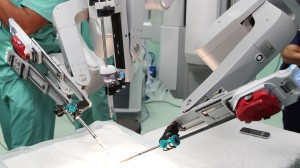By Dipti Shah
Introduction:
Telehealth has rapidly evolved from a supplementary healthcare service into a vital component of the modern healthcare system. Spurred by the COVID-19 pandemic, its adoption has skyrocketed, offering a glimpse into a future where healthcare is more accessible, efficient, and patient-centered. This article explores the profound impact of telehealth on expanding access to care, improving cost-effectiveness, and the challenges that remain for its widespread implementation.
Expanding Access to Care:
Telehealth’s most significant advantage lies in its ability to extend healthcare access to populations previously underserved. For rural communities, where access to specialized care is often limited, telehealth has marked improvements in health outcomes. A 2021 study published in The Journal of Rural Health found that telehealth reduced the need for travel to urban centers for specialist consultations by approximately 30%, bridging the gap in healthcare access for rural populations. Additionally, telehealth has been particularly beneficial for individuals with mobility challenges and chronic conditions.
For example, a study by Doraiswamy et al. (2022) highlighted a 30% increase in healthcare utilization among patients with mobility impairments, leading to better management of chronic conditions such as diabetes and COPD. Furthermore, telehealth’s convenience has significantly increased patient adherence to treatment plans. During the COVID-19 pandemic, the American Medical Association reported a 35% increase in telehealth visits for chronic disease management, underscoring its role in enhancing long-term health management and improving overall patient outcomes. These examples demonstrate how telehealth effectively bridges access gaps, supports diverse patient needs, and fosters improved health outcomes across various populations.
Cost-Effectiveness and Efficiency:
Telehealth is not only improving access but also contributing to cost savings within the healthcare system. By reducing the need for in-person visits, telehealth decreases transportation costs, time off work, and other associated expenses. Additionally, telehealth can help to alleviate the burden on emergency services by offering an alternative for non-emergency consultations, leading to a more efficient allocation of healthcare resources.
A 2022 study published in Health Affairs estimated that telehealth could save the U.S. healthcare system over $10 billion annually. These savings are primarily attributed to the reduction in unnecessary hospital visits and the optimization of care delivery processes. As healthcare costs continue to rise, telehealth presents a viable solution for enhancing efficiency while maintaining high-quality care.
Challenges and Considerations:
Despite its many benefits, telehealth faces challenges that must be addressed to ensure equitable access. The digital divide, characterized by disparities in access to technology and reliable internet, poses a significant barrier to widespread telehealth adoption. Low-income households, elderly populations, and those in remote areas are particularly vulnerable to this divide, limiting their ability to benefit from telehealth services.
Regulatory and reimbursement challenges also hinder the full integration of telehealth into the healthcare system. While the pandemic prompted temporary regulatory relaxations, permanent solutions are needed to sustain telehealth’s growth. Policymakers are currently working to streamline these regulations and improve reimbursement policies, but continued efforts are essential for long-term success.
Conclusion:
Telehealth represents a transformative shift in healthcare, with the potential to make care more accessible, cost-effective, and patient-centered. As the evidence in favor of telehealth continues to grow, it is imperative that healthcare systems and policymakers work together to address the challenges and fully integrate telehealth into the continuum of care. By doing so, we can ensure that the progress made during the pandemic is not just temporary but forms the foundation of a more resilient and equitable healthcare system.
Bio:
Dipti Shah holds a master’s in physical therapy and has over 10 years of experience in the field. She is passionate about integrating innovative healthcare solutions, such as telehealth, to improve patient outcomes and accessibility. Dipti’s insights are informed by her extensive clinical experience and commitment to advancing modern healthcare practices.
References:
- The Journal of Rural Health. “Telehealth’s Role in Rural Healthcare Access.” 2021.
- American Medical Association. “The Rise of Telehealth During the COVID-19 Pandemic.” 2021.
- Health Affairs. “Telehealth and Its Potential for Cost Savings in U.S. Healthcare.” 2022.
- American Telemedicine Association. “Policy and Regulatory Considerations for Telehealth.” 2023.
- The Nielsen Company. “The Role of Telehealth in the Modern Healthcare Landscape.” 2022.








